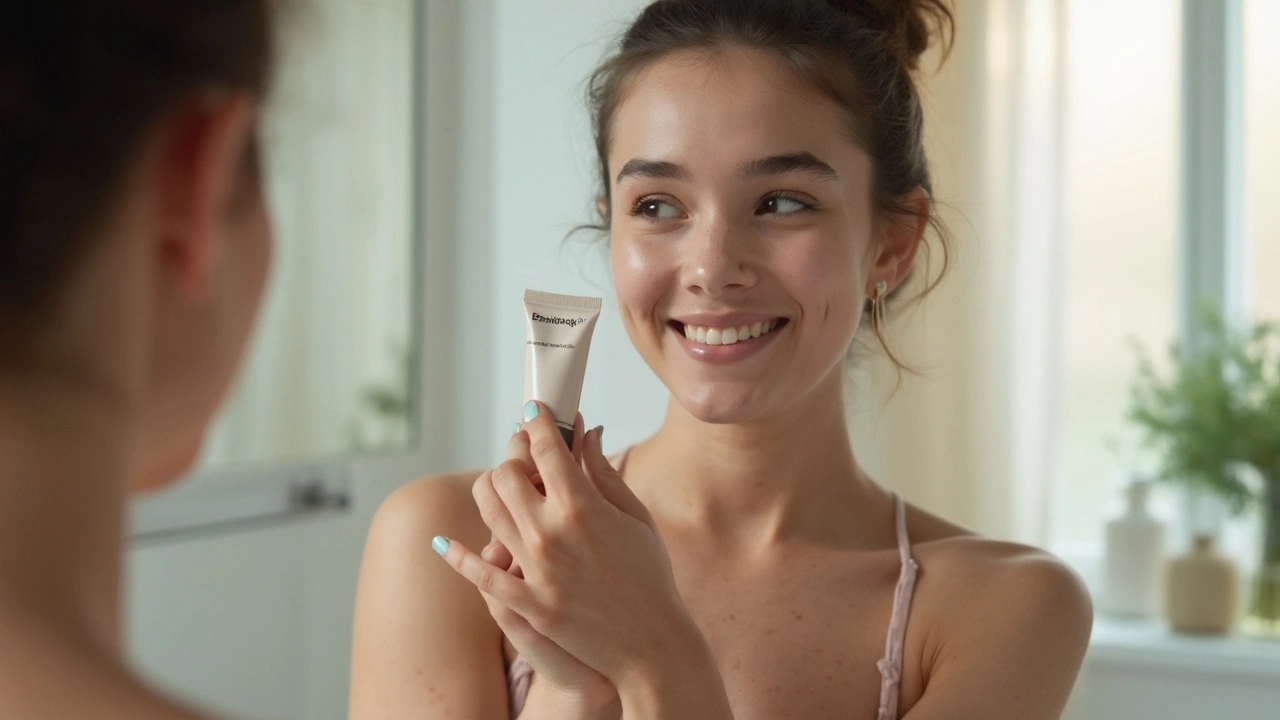Skin Lightening: Safe Options, Risks, and Smart Choices
Want to even out dark spots or fade pigmentation without wrecking your skin? You’re not alone. Skin lightening covers a range of goals — from treating post-acne marks to melasma — but the methods vary wildly in safety and results. Below you’ll find clear, practical steps to get results while avoiding common mistakes that cause long-term damage.
What actually works — and how to use it safely
Start by getting a proper diagnosis. Pigmentation from sun damage, acne, hormonal changes, or steroids all look similar but need different treatment. See a dermatologist when you can — that single step prevents wasted time and risky self-treatment.
Effective topical ingredients to look for:
- Hydroquinone — proven for stubborn spots. OTC products often have 2%; stronger (up to 4%) is prescription-only in many places. Use short term and under medical guidance.
- Azelaic acid — good for acne-related dark marks and gentle enough for many skin types.
- Niacinamide — reduces pigment transfer and calms inflammation; nice as a daily option.
- Kojic acid and vitamin C — mild lightening and antioxidant support. They work slower but are safer for long-term use.
- Retinoids (tretinoin) — speed cell turnover and help fade spots when combined with sunscreen.
Follow these use rules: patch test first, introduce one product at a time, and expect 8–12 weeks to see real change. If your skin gets red, painful, or thins, stop and check with a pro.
Major warnings — what to avoid
Don't use unregulated or mercury-containing creams. Mercury can cause permanent damage and systemic toxicity. Avoid mixing strong steroid creams (like Betnovate) with lightening agents without a doctor’s advice. Topical steroids can thin skin, cause rebound darkening, or create uneven light patches when misused for cosmetic lightening.
Buying online? Only use reputable pharmacies and check for valid prescriptions when required. Unverified sellers often ship fake or unsafe products.
Professional procedures — chemical peels, lasers, and microneedling — can speed results but must be done by experienced providers. These options work well for stubborn melasma and deep pigment but carry risk if chosen without proper evaluation.
Finally, sunscreen is non-negotiable. Daily broad-spectrum SPF 30+ prevents new darkening and protects any treatment progress. Wear a hat on high-sun days, and reapply sunscreen every two hours when outdoors.
Short checklist to follow: get a diagnosis, choose evidence-based ingredients, patch test, buy from trusted sources, use sunscreen, and consult a dermatologist if results stall or side effects appear. Safe lightening takes patience and care — done right, you’ll see steady improvement without trading short-term change for long-term harm.

